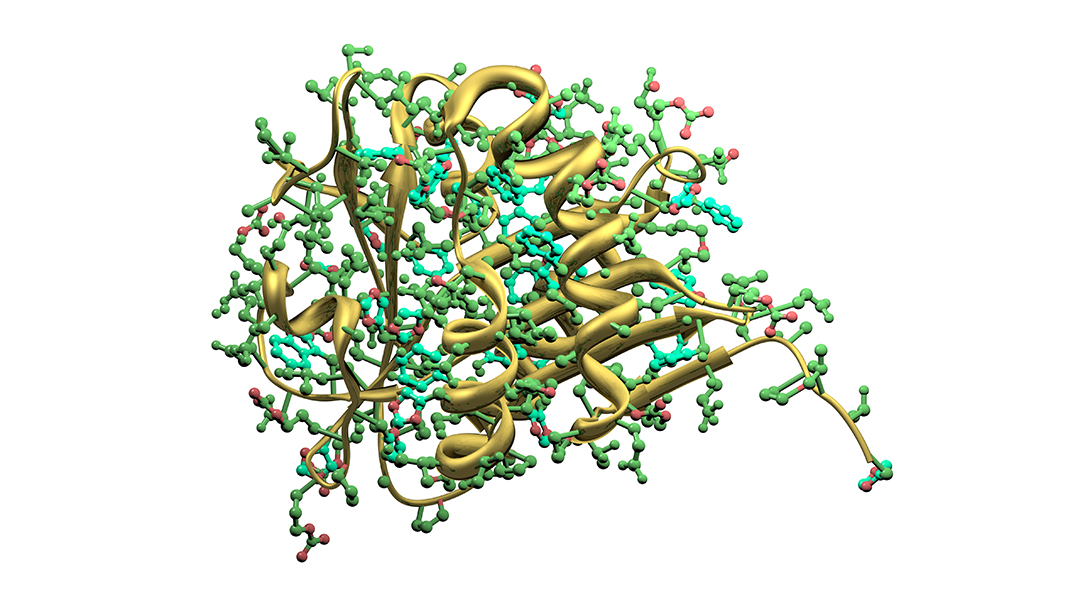A bioengineer at the University of Texas at Dallas has successfully developed synthetic enzymes that can control the behavior of Vg1, a vital signaling molecule in the embryonic development of muscle, bone, and blood in vertebrates.
In general, learning about the molecular rules governing signal formation provides better insight into how disease-treating and disease-curing mechanisms can be developed. In this case, researchers studied the formation of Vg1 in zebrafish embryos. Researchers were interested in learning about how synthetic enzymes could control natural proteins, hoping to build biological circuits that could imbue introduced cells with new functions like cancer detection or disease resolution at the molecular level. Zebrafish were found to be an ideal model organism since they have 70% similarity to the human genome and were small enough to grow and observe under a microscope. Additionally, researchers studied the molecular interactions between Vg1 and protein Nodal, finding that they could not interact with one another due to certain chaperone-like proteins that bind to and inactivate Vg1. Developing synthetic cleaving enzymes from a family of viruses, researchers used these to cut specific Vg1 amino acids that would activate signaling on target cells.
It was rather interesting to learn about how synthetic proteins (or enzymes rather) can have an influence on and control certain signaling proteins to direct a mechanism involving disease identification and treatment. Through this insightful research, it may be possible to integrate various functions related to those two concepts and make treatments much more efficient.
For more information regarding the information gathered, the article has been linked here and the published research study has been linked here.

No comments:
Post a Comment